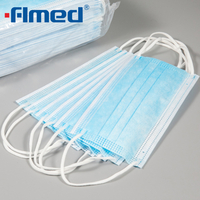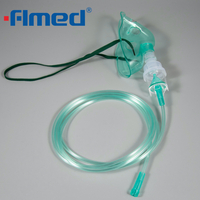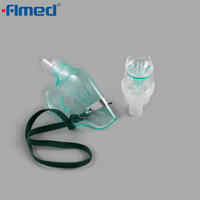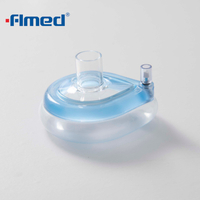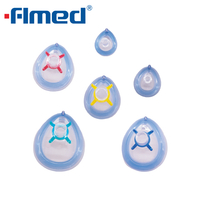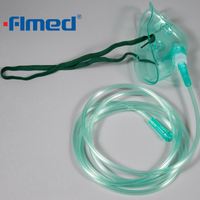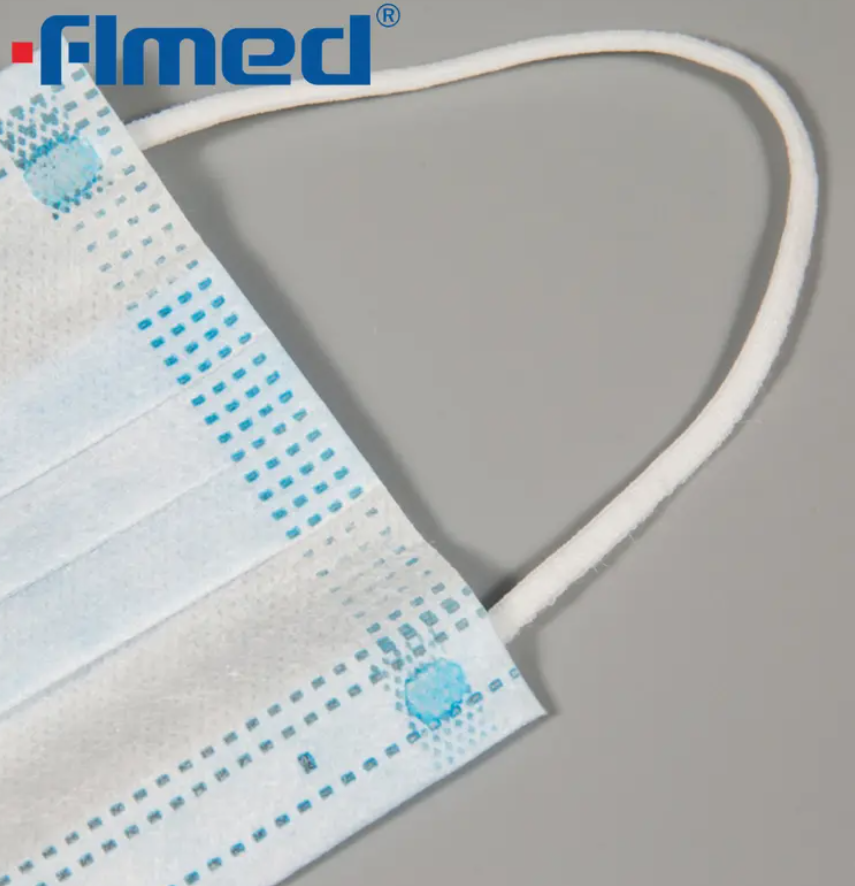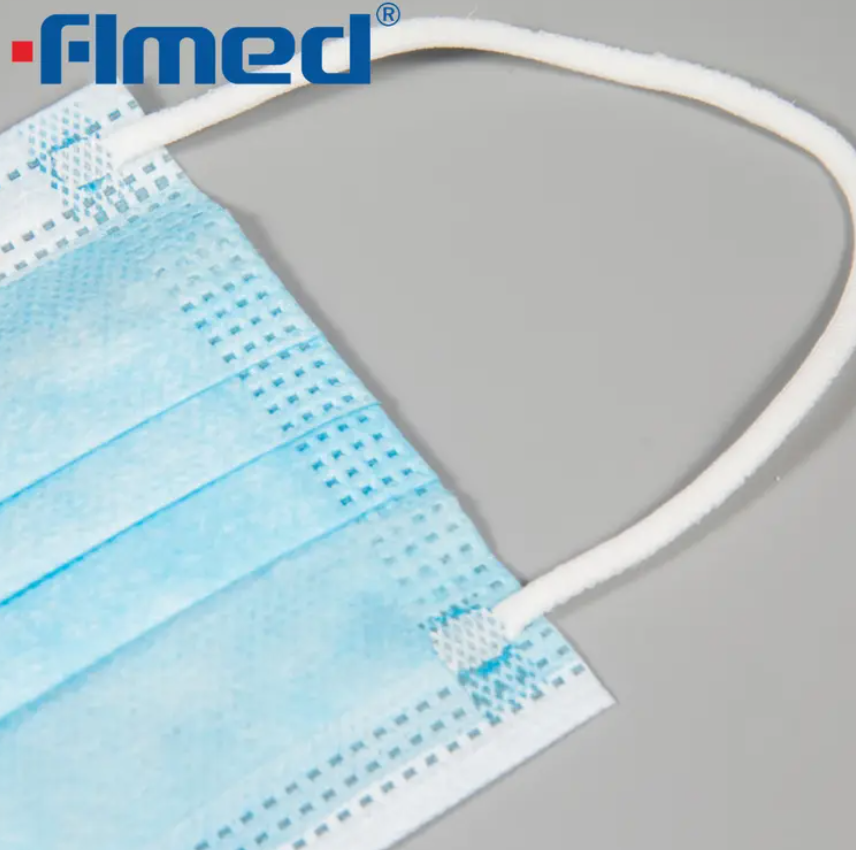
In healthcare environments, the importance of personal protective equipment (PPE) cannot be overstated. Among the most widely used items are disposable surgical masks, which play a vital role in infection prevention and patient safety. These masks are part of a larger category known as nonwoven disposables—single-use products made from synthetic materials engineered to provide protection, cleanliness, and convenience.
Selecting the right disposable surgical masks for your facility, whether it’s a hospital, clinic, laboratory, or eldercare center, involves more than just ordering boxes of supplies. From filtration standards to material quality and regulatory compliance, many factors determine which mask is best suited for your environment.
Understanding Nonwoven Disposables in Healthcare
Nonwoven disposables refer to single-use items made from nonwoven fabrics—engineered materials that are bonded together through chemical, thermal, or mechanical means rather than being woven or knitted. These fabrics are known for their breathability, filtration efficiency, liquid resistance, and cost-effectiveness.
In the medical field, nonwoven disposables include items such as:
Among these, disposable surgical masks are some of the most frequently used, serving as the first line of defense against airborne pathogens and fluid droplets.
What Is a Disposable Surgical Mask?
A disposable surgical mask is a three-layer (or more) face covering designed to protect both the wearer and others from the transfer of respiratory droplets. These masks are worn by healthcare professionals during surgeries, procedures, and patient care where there is a risk of exposure to infectious fluids or airborne contaminants.
Unlike cloth masks or reusable respirators, surgical masks are intended for single use, making them hygienic and easy to manage in clinical workflows.
![forlongmedical forlongmedical]()
Key Considerations When Choosing a Disposable Surgical Mask
Choosing the right mask for your facility depends on multiple performance and safety criteria. Below are the most important aspects to evaluate:
1. Filtration Efficiency
The primary purpose of a surgical mask is to filter out airborne particles and pathogens. Masks are generally evaluated for:
Bacterial Filtration Efficiency (BFE): Indicates how effectively the mask filters out bacteria. A good surgical mask should have BFE ≥ 95%.
Particle Filtration Efficiency (PFE): Measures the percentage of sub-micron particles the mask can filter.
Viral Filtration Efficiency (VFE): Relevant in situations where virus transmission is a concern.
For operating rooms or high-risk zones, masks with a BFE and PFE of 98% or higher are preferred.
2. Material Quality
Most surgical masks are made from polypropylene-based nonwoven fabrics. The structure typically includes:
Outer Layer: Liquid-repellent spunbond nonwoven material
Middle Layer: Melt-blown nonwoven fabric acting as the primary filter
Inner Layer: Soft, absorbent layer for comfort and moisture absorption
High-quality nonwoven disposables use materials with consistent thickness, porosity, and softness to ensure comfort without compromising protection.
3. Fluid Resistance
In surgical environments or high-exposure situations, masks must resist fluid penetration from blood, saliva, or other body fluids. Check for ASTM F2100 or EN 14683 standards, which categorize fluid resistance levels:
Level 1 (low): Minimal risk situations
Level 2 (moderate): Suitable for moderate exposure
Level 3 (high): Maximum protection from fluid penetration
Choose the appropriate level based on the procedures performed at your facility.
4. Breathability and Comfort
A mask that’s too difficult to breathe through will not be worn properly or consistently. Ensure your selected disposable surgical masks have:
Low differential pressure (ΔP), indicating easier airflow
Soft ear loops or ties for comfort over long periods
Adjustable nose bridge to ensure a secure fit and prevent fogging of eyewear
Especially in busy environments where staff wear masks for hours, comfort is just as important as protection.
5. Fit and Size
One-size-fits-all masks may not accommodate every user. Look for options such as:
Adult and pediatric sizes
Flat pleated vs. cone-shaped styles
Ear loop vs. tie-on types
A good fit reduces gaps around the edges of the mask, improving its overall effectiveness.
6. Certifications and Compliance
Make sure the masks comply with recognized regulatory standards:
These certifications provide assurance of product quality, performance, and manufacturing standards. Avoid suppliers that cannot produce clear documentation.
7. Intended Use and Risk Level
Different work areas within a healthcare facility require different levels of protection. Consider the following use cases:
Area/Use Case | Recommended Mask Type |
General patient care | Level 1 or 2 surgical mask |
Operating room | Level 3, fluid-resistant surgical mask |
Isolation ward | Level 2 or 3 mask with high filtration |
Administrative staff | Non-surgical 3-ply face mask may suffice |
Pediatric care | Child-size disposable surgical masks |
Always align the mask specification with the risk level of the task or area.
8. Packaging and Storage Considerations
Large healthcare facilities should consider how masks are packed and stored. Choose products that:
Come in sealed, sanitary packaging
Offer easy box dispensing
Indicate expiration or manufacturing dates clearly
Are packed in manageable case quantities
Proper storage ensures masks remain effective and sterile until use.
Common Mistakes to Avoid
When choosing nonwoven disposables like surgical masks, avoid the following pitfalls:
Focusing only on price: Cheaper masks may use poor materials or lack certification.
Overlooking fit and user feedback: Discomfort leads to improper use.
Ignoring supply chain reliability: Inconsistent deliveries can disrupt operations.
Using surgical masks for non-intended purposes: Not all masks are fluid-resistant or high-filtration.
Always evaluate masks based on performance, compliance, and practical fit—not just aesthetics or price.
Supplier Selection Tips
With so many suppliers entering the market, selecting a reliable partner is essential. Choose manufacturers or distributors who:
Specialize in medical-grade nonwoven disposables
Offer transparent testing data and certifications
Can support bulk orders or custom branding
Provide technical support or product training if needed
Also, consider a supplier’s track record in delivering to hospitals, laboratories, or government contracts as an indicator of reliability.
The Role of Nonwoven Disposables in Infection Control
Beyond masks, nonwoven disposables support comprehensive infection control strategies. They minimize cross-contamination risks, simplify disposal protocols, and reduce the burden of sterilizing reusable equipment.
Facilities that prioritize the consistent use of certified nonwoven disposables—like surgical masks, gowns, and drapes—are better positioned to safeguard both their staff and patients.
Conclusion
Choosing the right disposable surgical mask is not just about compliance—it’s about ensuring consistent protection, comfort, and confidence across your entire medical team. As part of a broader strategy of using nonwoven disposables, surgical masks serve a vital role in infection prevention and operational efficiency.
From filtration and fit to certification and sourcing, your facility’s needs must be matched with carefully chosen products backed by reliable manufacturing standards.
For healthcare providers seeking dependable, certified, and high-quality nonwoven disposable solutions, including surgical masks, Wenzhou Forlong Medical Co., Ltd. offers a comprehensive product range and industry expertise. Their focus on quality, safety, and customer responsiveness makes them a valuable resource for facilities aiming to maintain the highest standards of care.
To learn more about their products or request specific information, feel free to explore their website or contact their support team for tailored guidance.

 English
English
